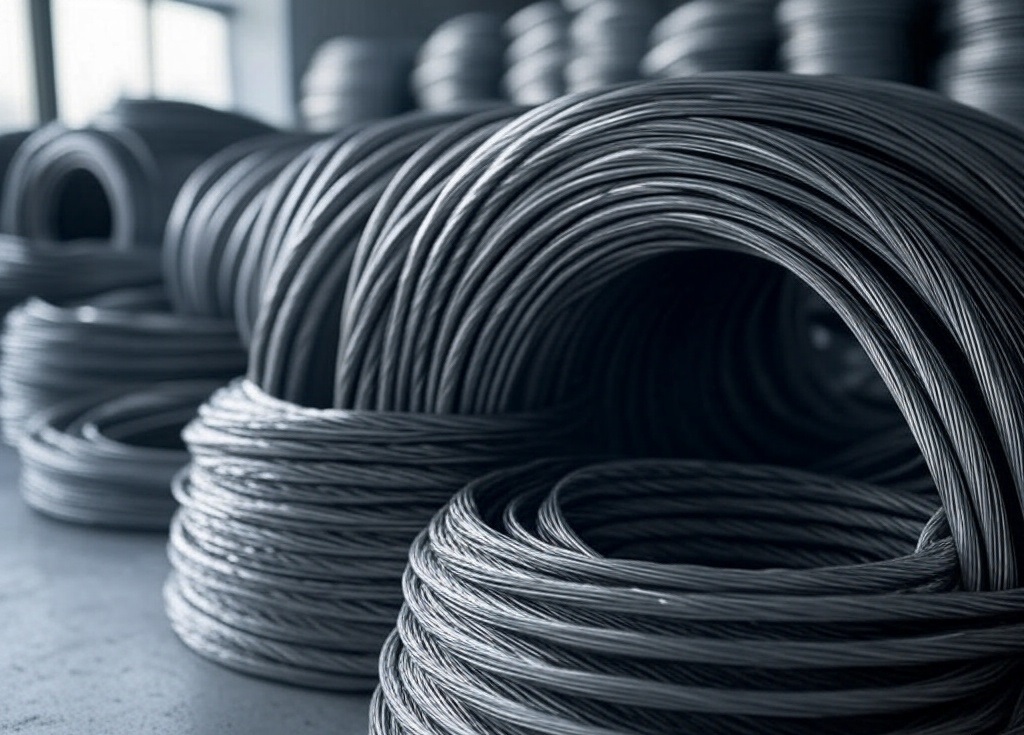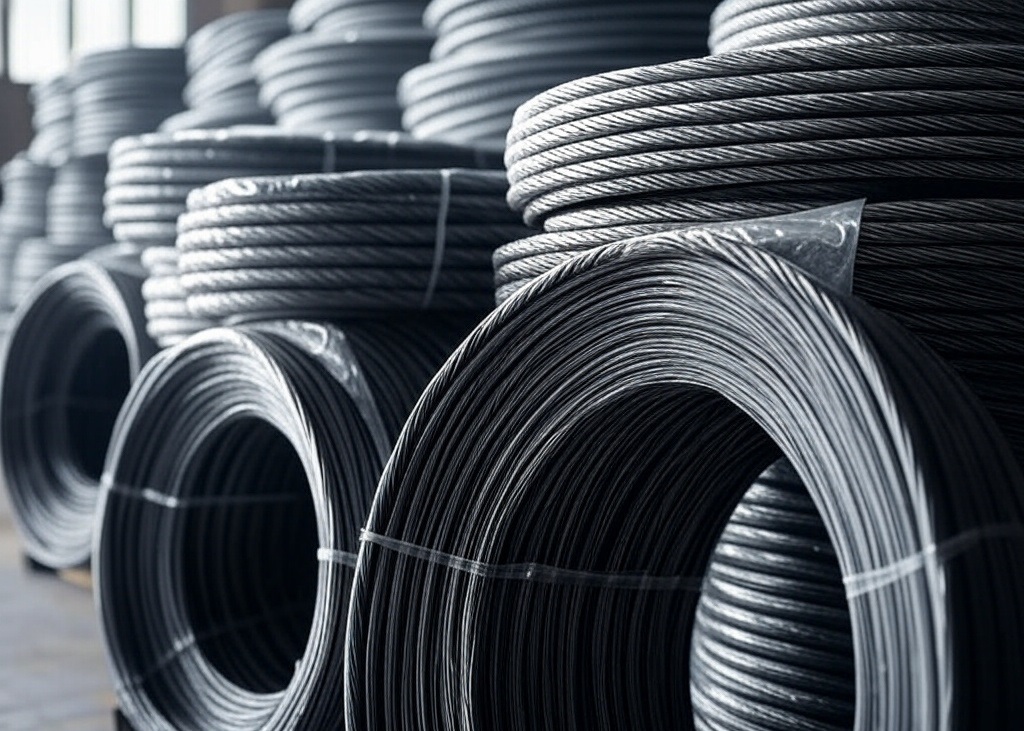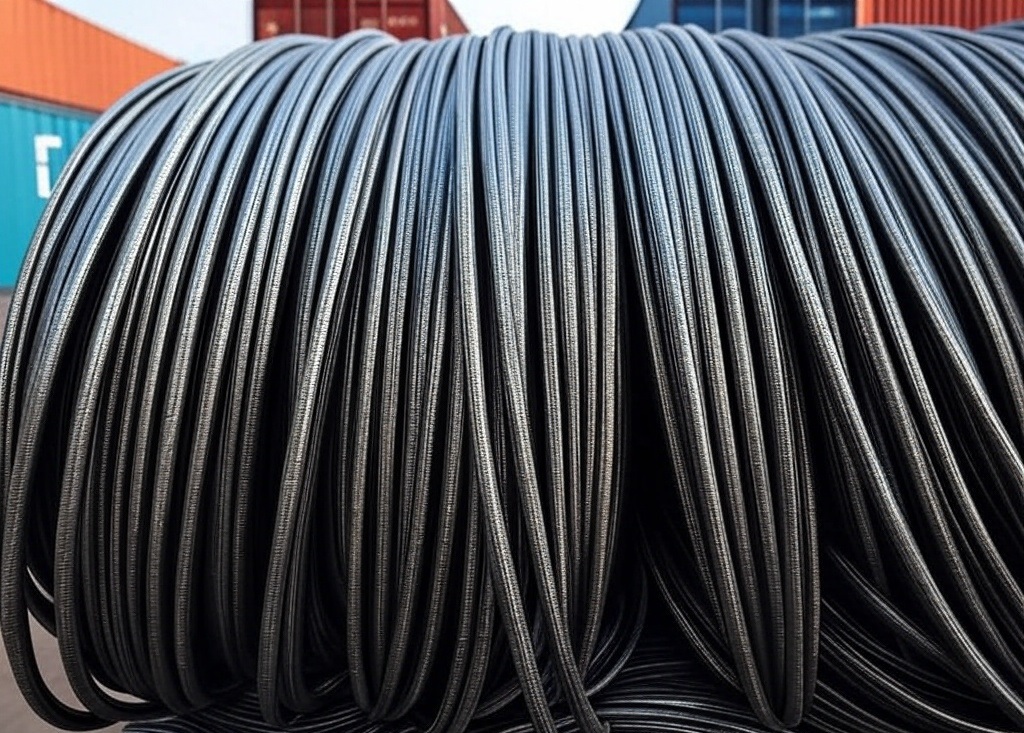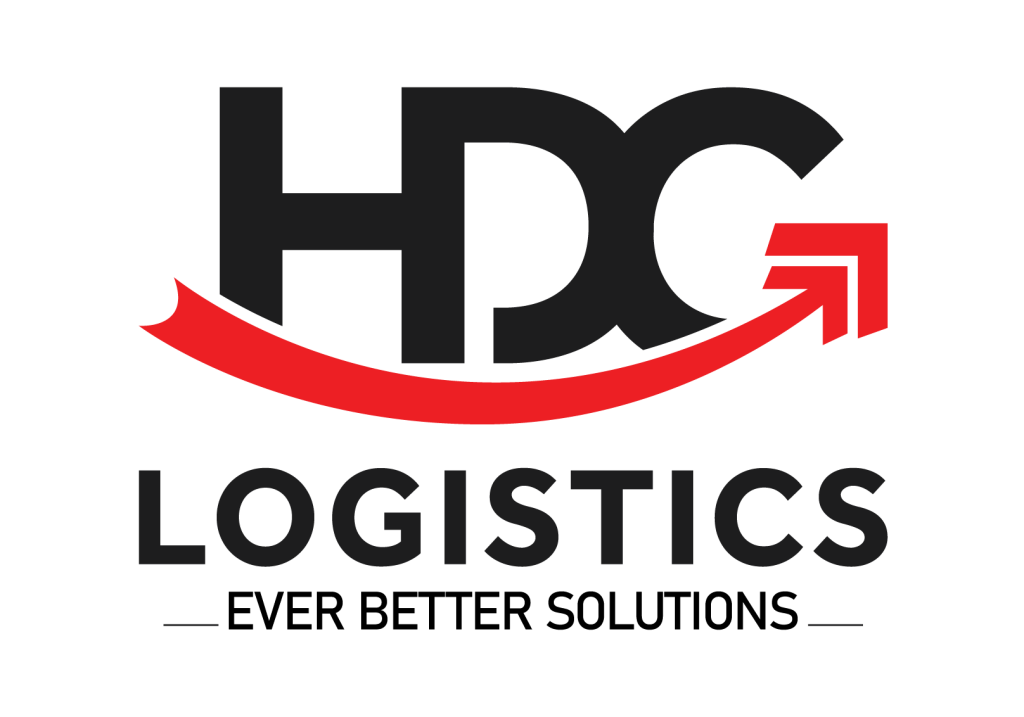Steel wire rope is one of the important products, widely used in the construction, aquaculture, heavy industry, and transportation industries. With the increasing demand in Vietnam, importing steel cables from countries such as China, South Korea, and Japan has become a popular choice. However, in order to successfully import steel cables, businesses need to understand the procedures for importing steel cables, from customs documents, tax rates, to the quality inspection process.

Import policy of steel cables in Vietnam
Steel cables are not on the list of goods banned from import in Vietnam, according to Decree 187/2013/ND-CP on import and export management. However, to import steel cables, enterprises need to comply with the following regulations:
- Quality inspection: According to Circular 58/2015/TTLT-BCT-BKHCN, imported steel cables must be quality checked to ensure safety when used in industries or construction.
- HS code: Steel cables belong to the HS code group 7312, it is necessary to apply the correct code for tax calculation and customs procedures.
- Import license: Some cases of importing special steel cables (used in the oil and gas or aviation industry) may require a license from the Ministry of Industry and Trade.
Businesses need to refer to the latest legal documents, such as Circular 38/2015/TT-BTC (regulating customs procedures) and Decree 18/2019/QD-TTg (on inspection of imported goods), to ensure compliance with regulations.
HS code and import tax on steel cables
HS code and import tax are important factors when calculating the cost of importing steel cables. Here are the details:
Businesses need to apply the correct HS code to avoid being fined or applying the wrong tax.
Import tax
- Normal import tax: 10-15% (depending on the type of steel cable).
- Preferential Tariff (FTA):
- From China (ACFTA, Form E): 0-5%.
- From Korea (VKFTA, Form AK): 0-5%.
- From Japan (VJFTA, Form AJ): 5-10%.
- VAT: 10% on the value of the goods (CIF + import tax).
Note: Please check the latest tariff on the website of the General Department of Customs or contact the logistics company for accurate advice.
Read More: Export procedures for aluminum ingots
Import process of steel cables
Customs dossiers to be prepared
In order to clear the shipment of steel cables, enterprises need to fully prepare customs documents according to regulations. Below is a list of required documents:
- Commercial Invoice: Specify the information of the goods, quantity, unit price, and total value of the shipment.
- Packing List: Details of the number of packages, weight, and dimensions.
- Bill of Lading/Airway Bill: Proof of transportation, depending on the mode of transportation (sea, air).
- Certificate of Origin (CO): To enjoy preferential tariffs from countries with free trade agreements (FTAs) such as China and South Korea.
- Certificate of Quality (CQ): Confirming that the steel cable meets the manufacturer’s technical standards.
- Product Catalog: Detailed specification description of steel wire rope.
- Customs declaration: Submitted via VNACCS/VCIS system, enclosed with HS code (7312.xxx).
The dossier needs to be scanned and submitted electronically through the customs system. Some sub-bureaus may require hard copies.
If imported from China, the CO Form E will help reduce the import tax to 0-5%.

Steel cable quality inspection process
Imported steel cables must be inspected for quality according to Circular 58/2015/TTLT-BCT-BKHCN to ensure safety. The inspection process includes:
Register for quality inspection:
Enterprises submit registration dossiers at quality inspection agencies (e.g. Technical Center for Standards and Quality Metrology 3 – QUATEST 3).
Documents include: Invoice, CO, CQ, and product samples (if needed).
Sample Test:
The inspection agency will take samples of steel cables to test parameters such as strength, ductility, and bearing capacity.
The inspection time is usually 5-10 working days.
Issuance of certificate of conformity:
If satisfactory, the enterprise receives a certificate of conformity and needs to submit a customs declaration for customs clearance.
To save time, work with the quality inspection unit as soon as the goods arrive at the port. Some reputable logistics companies can support this process in a full package.

Important Notes When Importing Steel Cables
To avoid risks and ensure quick customs clearance, businesses need to note:
Apply the correct HS code:
Wrong HS codes can lead to administrative penalties or higher taxes.
Consult a customs professional if unsure.
Prepare VNACCS tokens:
The VNACCS/VCIS system requires businesses to have tokens to submit electronic declarations.
Register the token at the nearest customs sub-department.
Early Quality Inspection:
Contact the quality inspection agency immediately after signing the purchase contract to avoid delays.
Choose a reputable logistics partner:
A professional logistics company will help handle customs clearance, quality inspection, and safe transportation of goods.
Contact us for support importing steel wire rope packages!
Stay tuned for new policies:
Tax and quality inspection regulations may change from year to year. Follow the announcement from the Ministry of Industry and Trade and the General Department of Customs.
Importing steel cables is not too complicated if you understand the procedures for importing steel cables, from customs records, quality inspection, to tax rates. Applying the right HS code, preparing complete documents, and cooperating with a reputable logistics company will help you save time and money.



 Tiếng Việt
Tiếng Việt 日本語
日本語 中文 (中国)
中文 (中国)

